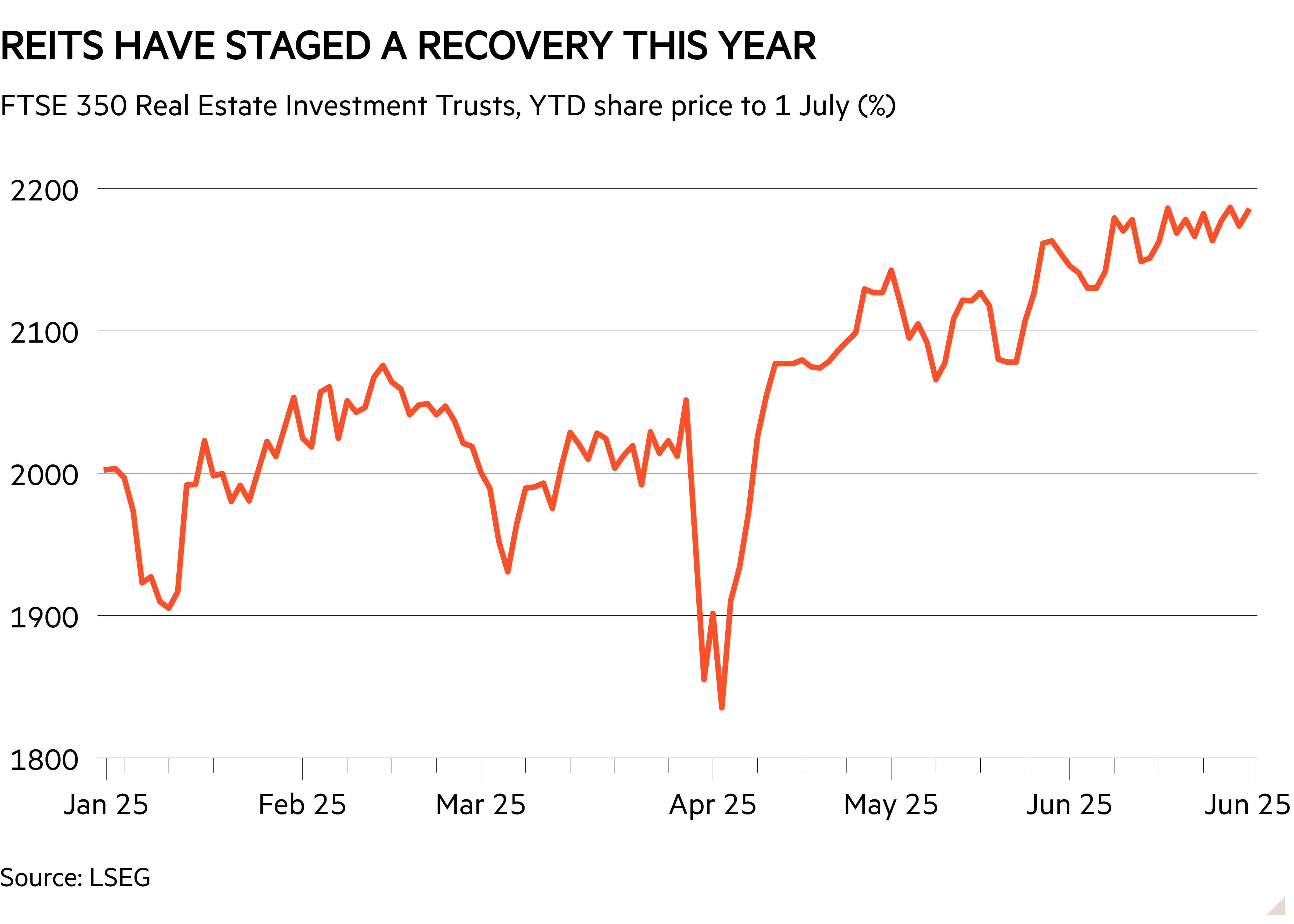
The Big “Risk” Wall Street Got Wrong (We’re Cashing in With 8.6% Dividends)
Michael Foster, Investment Strategist
Updated: July 7, 2025
Maybe you’ve heard some variation on this fear in the last few years:
A lot of American companies are going to default on their debts.
I know I have. Frankly, pushing back on it was among the most contrarian calls I’ve made during my investment career. And it was tough to stick with. I’ve been in plenty of conversations with bankers, hedge fund managers and other Wall Street types who thought a default wave was right around the corner.
But it wasn’t. And it isn’t now—even though the fear remains. And we’re going to tap this ongoing misconception for a cheap (but getting less cheap every day) 8.6% dividend in just a second.
What I think many people tend to forget about this default panic is that it was once so prevalent that, in 2022 and most of 2023, it caused the market to heavily mark down high-yield corporate bonds (a.k.a. junk bonds).
High-Yield Bonds Took a Hit—Then Rallied in Late 2023
It never came to pass. As a result, we saw corporate bonds surge at the end of 2023, as you can see in the benchmark SPDR Bloomberg High Yield Bond ETF (JNK) above. And that surge in JNK has kept rolling, despite the April tariff selloff.
That’s put longer-term investors in a great spot. Junk? Not to them!
“Junk” Bonds Shake Off Fears
Not only did defaults not rise—they stayed in what I consider the “safe zone,” helping fuel demand for high-yield bonds.

Since COVID, we’ve seen business-loan delinquencies at around 1%, rising to around 1.3% over the last year. That rise is pretty much insignificant, historically speaking.
Defaults were lower in the mid-2010s, but interest rates were near zero then. Yet in the last few years, rates soared, then started to move lower—and corporate defaults still stayed relatively low.
And if you look at just the default rate for speculative-grade bonds—the worst-rated and most uncertain corner of the corporate-bond universe—defaults have been falling for a while now. Analysts expect them to fall even further throughout the rest of the year. That’s in large part due to an expected decline in rates, strong corporate profits and a surprisingly resilient US economy.
That positive outlook has, in turn, helped keep demand for high-yield corporates so high that they’ve spent most of 2025 outperforming the S&P 500—a rare feat indeed. And they’ve done it while showing almost no volatility.
Stocks Wobble, High-Yield Bonds Stair-Step Higher
With the stock market now fully recovered and starting to outperform high-yield bonds, it’s only natural to worry if this trade has gotten a bit crowded. But some new data from the New York Federal Reserve suggests that, in fact, risk in the corporate-bond market is near an all-time low.

Source: Federal Reserve Bank of New York
The Corporate Bond Market Distress Index (CMDI) isn’t well-known among most investors, but insiders know it as a reliable indicator of bond weakness.
After a recent small spike due to the tariffs, the CMDI is falling again and is at a historic low as of this writing. The New York Fed says this “improvement in market functioning is reflected in both the investment-grade and the high-yield CMDI sectors.” In other words, both low-risk and high-risk bonds are in a much healthier position than they used to be.
Many fund managers have known this for a while, so they’ve been buying up corporate bonds. Wealth managers have realized this, too, and have jumped in—helping shrink discounts for corporate-bond closed-end funds (CEFs). Today, bond CEFs have a 4.1% average discount to net asset value (NAV, or the value of their underlying portfolios) far below their average of around 7.5%.
A (Still) Cheap High-Yield Bond Fund Paying 8.6%
Some high-yield bond CEFs are bucking the trend with wider discounts. One is the Western Asset Inflation-Linked Opportunities & Income Fund (WIW), which has a 10% discount that’s been narrowing—moving closer to that 7.5% bond CEF average.
WIW’s Discount Shrinks
That narrowing discount isn’t the only thing the fund has going for it; with an 8.6% yield and 325 holdings, WIW has two other key strengths: broad diversification and a huge income stream.
WIW lowers risks even more than the typical CEF, which will likely shrink its discount further. One factor at play here is the fund’s focus on inflation-linked bonds. The vast majority of its holdings (now about 80%) are in TIPS, a kind of US government bond that pays out more income if inflation rises.

Now, hang on a second, you might be wondering. What about all of that corporate-bond risk? Exactly. Since WIW only holds about 20% of its portfolio in corporate bonds, it isn’t at risk if the corporate bond market suddenly worsens.
And if it does worsen, WIW may attract a flood of income investors seeking a safe haven—like US government bonds. That really should already be happening, since WIW’s total NAV return (the best measure of management’s talents) has been beating the corporate bond market and the S&P 500 in 2025:
WIW Beats Bonds and Stocks in 2025
These are a couple of reasons why WIW’s discount should shrink further. But even if that doesn’t happen, its portfolio value should keep rising as investors look for safety.
And if we see a tariff-driven rise in inflation, WIW should benefit again, since its cash flow rises with inflation. As a result, the fund is positioned to rise regardless of how the market moves, yet it trades at a discount more than double the average CEF bond fund!
This situation can’t last. The fact that it still exists makes WIW a great place to invest while the market catches up—and collect an 8.6% dividend while you wait.

































